A 2018 Forbes survey report says that most second-tier initiatives including data discovery, Data Mining/advanced algorithms, data storytelling, integration with operational processes, and enterprise and sales planning are very important to enterprises.
To answer the question “what is Data Mining”, we may say Data Mining may be defined as the process of extracting useful information and patterns from enormous data. It includes collection, extraction, analysis, and statistics of data.
Data Mining may also be explained as a logical process of finding useful information to find out useful data. Once you discover the information and patterns, Data Mining is used for making decisions for developing the business.
In this discussion on Data Mining, we would discuss in detail, what is Data Mining: What is Data Mining used for, and other related concepts like overfitting or data clustering.
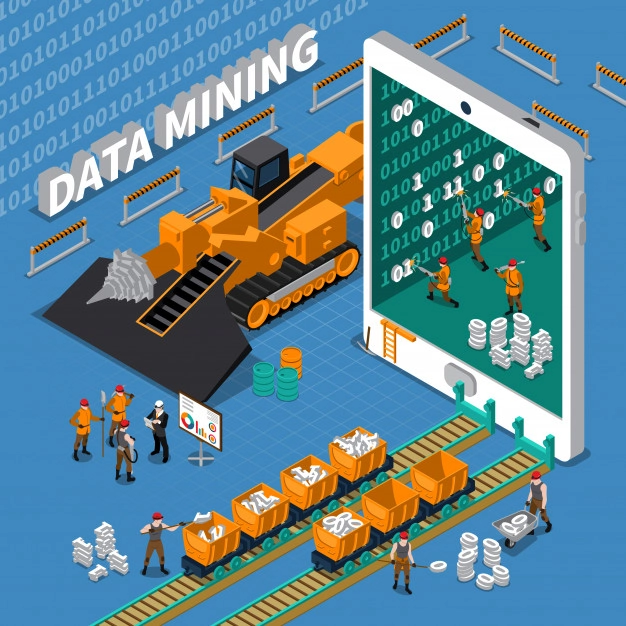
Data Mining Definition
It may be defined as the process of analyzing hidden patterns of data into meaningful information, which is collected and stored in database warehouses, for efficient analysis. The algorithms of Data Mining, facilitating business decision making and other information requirements to ultimately reduce costs and increase revenue.
Mining of Data involves effective data collection and warehousing as well as computer processing. It makes use of sophisticated mathematical algorithms for segmenting the data and evaluating the probability of future events.
Data Mining is also alternatively referred to as data discovery and knowledge discovery.
Download Detailed Brochure and Get Complimentary access to Live Online Demo Class with Industry Expert.
Are Data Mining and Text mining the same?
The major steps involved in the Data Mining process are:
(i) Extract, transform and load data into a data warehouse.
(ii) Store and manage data in a multidimensional database.
(iii) Provide data access to business analysts using application software.
(iv) Present analyzed data in an easily understandable form, such as graphs.
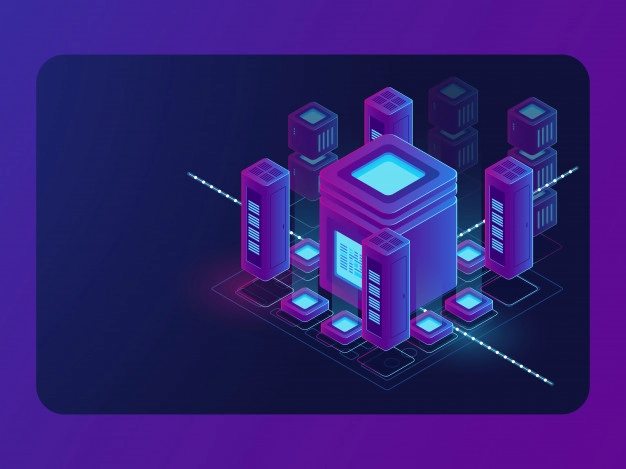
Uses of Data Mining
Data mining is used for examining raw data, including sales numbers, prices, and customers, to develop better marketing strategies, improve the performance or decrease the costs of running the business. Also, Data mining serves to discover new patterns of behavior among consumers.
Data Mining is used for predictive and descriptive analysis in business:
(i) The derived pattern in Data Mining is helpful in better understanding of customer behavior, which leads to better & productive future decision.
(ii) Data Mining is used for finding the hidden facts by approaching the market, which is beneficial for the business but has not yet reached.
(iii) It is also used for identifying the area of the market, to achieve marketing goals and generate a reasonably good ROI.
(iv) Data Mining helps in bringing down operational cost, by discovering and defining the potential areas of investment.
Data Mining Techniques
Broadly speaking, there are seven main Data Mining techniques.
1. Statistics
It is a branch of mathematics which relates to the collection and description of data. A statistical technique is not considered as a Data Mining technique by many analysts. However, it helps to discover the patterns and build predictive models.
2. Clustering
Clustering is one of the oldest techniques used in Data Mining. It is the process of identifying similar data that are similar to each other. Clustering is called segmentation and helps the users to understand what is going on within the database.
3. Visualization
Visualization is used at the beginning of the Data Mining process. It is useful for converting poor data into good data letting different kinds of methods to be used in discovering hidden patterns.
4. Decision Tree
A decision tree is a predictive model and the name itself implies that it looks like a tree. In this technique, each branch of the tree is viewed as a classification question. It leaves the trees which are considered as partitions of the dataset related to that particular classification. This technique can be used for exploration analysis, data pre-processing and prediction work.
5. Association Rules
Association Rules help to find the association between two or more items. It helps to know the relations between the different variables in databases. Association rules discover the hidden patterns in the data sets which is used to identify the variables and the frequent occurrence of different variables that appear with the highest frequencies.
6. Neural Networks
Neural Network is another important technique used by people these days. This technique is most often used in the starting stages of the Data Mining technology. Neural networks are very easy to use as they are automated to a particular extent and because of this the user is not expected to have much knowledge about the work or database.
7. Classification
Classification is the most commonly used technique in mining of data which contains a set of pre-classified samples to create a model that can classify the large set of data. This technique helps in deriving important information about data and metadata (data about data). Classification is closely related to the cluster analysis technique and it uses the decision tree or neural network system.
What Is Clustering?
Definition
Clustering in Data Mining may be explained as the grouping of a particular set of objects based on their characteristics, aggregating them according to their similarities.
Clustering helps in the identification of areas of similar land topography. It also helps in the grouping of urban residences, by house type, value, and geographic location. Clustering also helps in classifying documents on the web for information discovery.
What are the different Clustering techniques?
1. Clustering Algorithms
Clustering is applied to a data set to segment the information. The choice of clustering algorithm will depend on the characteristics of the data set and our purpose.
2. Centroid-Based
In this type of grouping method, every cluster is referenced by a vector of values. Each object is part of the cluster with a minimal value difference, comparing to other clusters. The number of clusters should be pre-defined. This methodology is primarily used for optimization problems.
3. Distribution-Based
Related to pre-defined statistical models, the distributed methodology combines objects whose values are of the same distribution. This process requires a well defined and complex model to interact in a better way with real data. However, these processes are capable of achieving an optimal solution and calculating correlations and dependencies.
4. Connectivity-Based
In the connectivity-based clustering algorithm, every object is related to its neighbors, depending on their closeness. Based on this assumption, clusters are created with nearby objects and can be described as a maximum distance limit. With this relationship between members, these clusters have hierarchical representations. The distance function may vary on the focus of the analysis.
5. Density-Based
Density-based algorithms create clusters according to the high density of members of a data set, in a determined location. It aggregates some distance notion to a density standard level to group members in clusters. These kinds of processes may have less performance in detecting the limit areas of the group.
What Is Overfitting?
Definition
Overfitting refers to an incorrect manner of modeling the data, such that captures irrelevant details and noise in the training data which impacts the overall performance of the model on new data.
Therefore, the term “overfitting” implies fitting in more data (often unnecessary data and clutter). Unfortunately, many of these do not apply to new data and negatively impact the model’s ability to generalize.
Overfitting also occurs when a function is too closely fit a limited set of data points. Experts have shown that Overfitting a model results in making an overly complex model to explain the peculiarities in the data.
Thus, if you attempt to make the model conform too closely to slightly inaccurate data can infect the model with substantial errors and reduce its predictive power.
Overfitting is more likely to occur with nonparametric and non-linear models with more flexibility when learning a target function. As such, many nonparametric machine learning algorithms also include parameters or techniques to limit and constrain how much detail the model learns.
Now you know What is Overfitting in Data Mining? What is then Underfitting?
Financial professionals are always aware of the chances of overfitting a model based on limited data. For instance, a person using a computer algorithm to search extensive databases of historical market data in order to find patterns is a common instance of Overfitting.
Underfitting, on the contrary, refers to a model that can neither model the training data nor generalize to new data. In other words, it is the inability to model the training data with critical information.
Difference between Data Analytics and Data Mining
Data Analytics and Data Mining are two very similar disciplines, both being subsets of Business Intelligence.
(i) Data Mining encompasses the relationship between measurable variables whereas Data Analytics surmises outcomes from measurable variables.
(ii) Although all forms of data analyses are casually referred to as “mining of data”, there are strong points of differences between Data Mining and Data Analytics.
(iii) Data Mining is used to discover hidden patterns among large datasets while Data Analytics is used to test models and hypotheses on the dataset.
(iv) It is the tool to make data better for use while Data Analytics helps in developing and working on models for taking business decisions. This explains why Mining of data is based more on mathematical and scientific concepts while Data Analytics uses business intelligence principles.
(v) Data Mining is one of the activities in Data Analysis. Data Analytics, on the other hand, is an entire gamut of activities which takes care of the collection, preparation, and modeling of data for extracting meaningful insights or knowledge.
(vi) The mining of Data studies are mostly based on structured data. Data Analytics research can be done on both structured, semi-structured or unstructured data.
(vii) Data Mining aims at making data more usable while Data Analytics helps in proving a hypothesis or taking business decisions.
(viii) It is mostly based on Mathematical and scientific methods to identify patterns or trends, Data Analytics uses business intelligence and analytics models.
(ix) This generally includes visualization tools, Data Analytics is always accompanied by visualization of results.

The Relationship Between Machine Learning and Data Mining
Let us find out how they impact each other.
Data Mining
It may be explained as a cross-disciplinary field that focuses on discovering the properties of data sets.
Machine Learning
Machine Learning is a subfield of Data Science that focuses on designing algorithms that can learn from and make predictive analyses. It involves both Supervised Learning and Unsupervised Learning methods. Unsupervised methods actually start off from unlabeled data sets, so, in a way, they are directly related to finding out unknown properties in them (e.g. clusters or rules).
Machine Learning can be used for Data Mining. However, it can use other techniques besides or on top of machine learning.

Careers in Data Mining
Does a career in Data Mining appeal you? You may start as a data analyst and with some years of experience, you can be data science professional too, having the option of taking up a full-time job or as a consultant. One may take up an advanced degree in this course.
An advanced course in Data Mining would teach you the inner workings of algorithms with Tree Viewer and Nomogram to help you understand Classification Tree and Logistic Regression.
Most intensive courses include text mining algorithms for modeling, such as Latent Semantic Indexing (LSP), Latent Dirichlet Allocation (LDA), and Hierarchical Dirichlet Process (HDP).
The Best Career Move for Aspirants
You may also go for a combined course in Data Mining and Data Analytics. It aids to learn about the major techniques for mining and analyzing text data to discover interesting patterns. In addition, it helps to extract useful knowledge, and support decision making, with an emphasis on statistical approaches.
You will also need to learn detailed analysis of text data. Prior knowledge of statistical approaches helps in robust analysis of text data for pattern finding and knowledge discovery.
You would love experimenting with explorative data analysis for Hierarchical Clustering, Corpus Viewer, Image Viewer, and Geo Map.
One would also learn to interactively explore the dendrogram, read the documents from selected clusters, observe the corresponding images, and locate them on a map.
Hopefully, by now you must have understood the concept of data mining, overfitting & clustering and what is it used for.
Enroll in our Data Science Master courses for a better understanding of Data Mining and its relation to Data Analytics. The industry-relevant curriculum, pragmatic market-ready approach, hands-on Capstone Project are some of the best reasons to gain insights on.
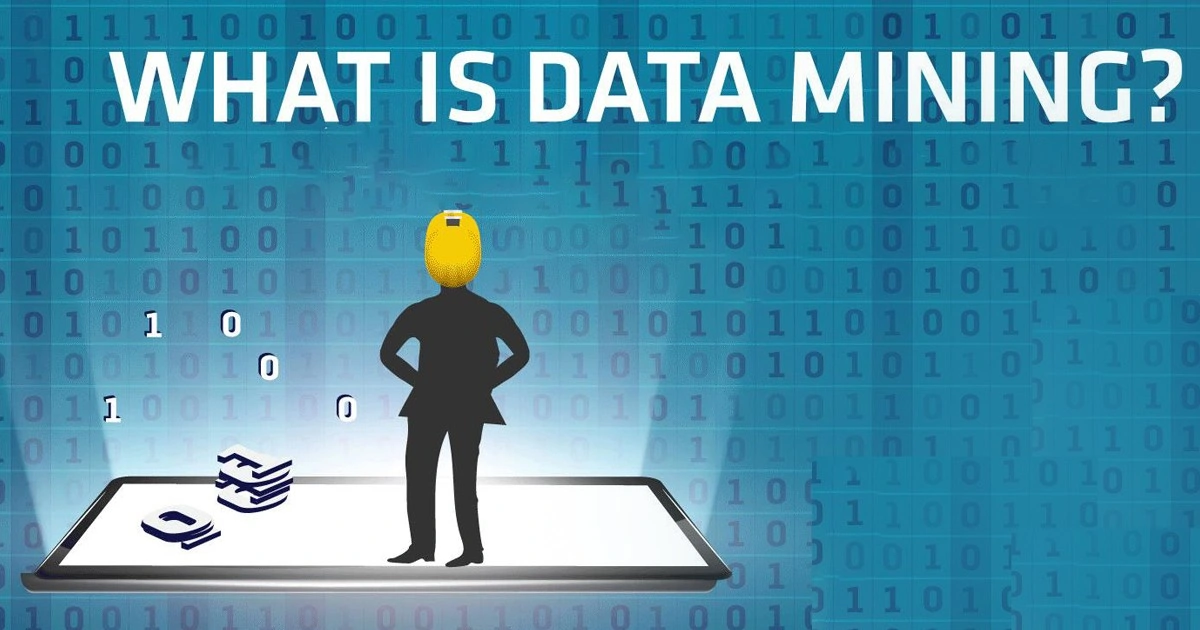
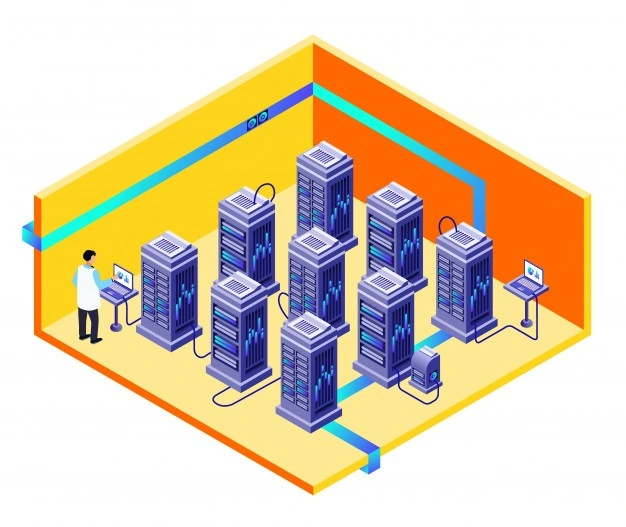
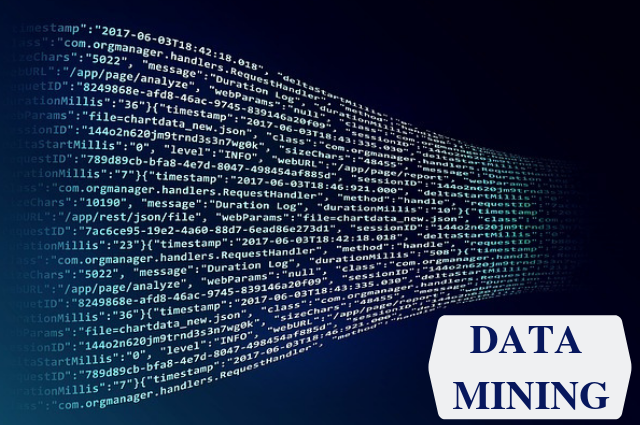

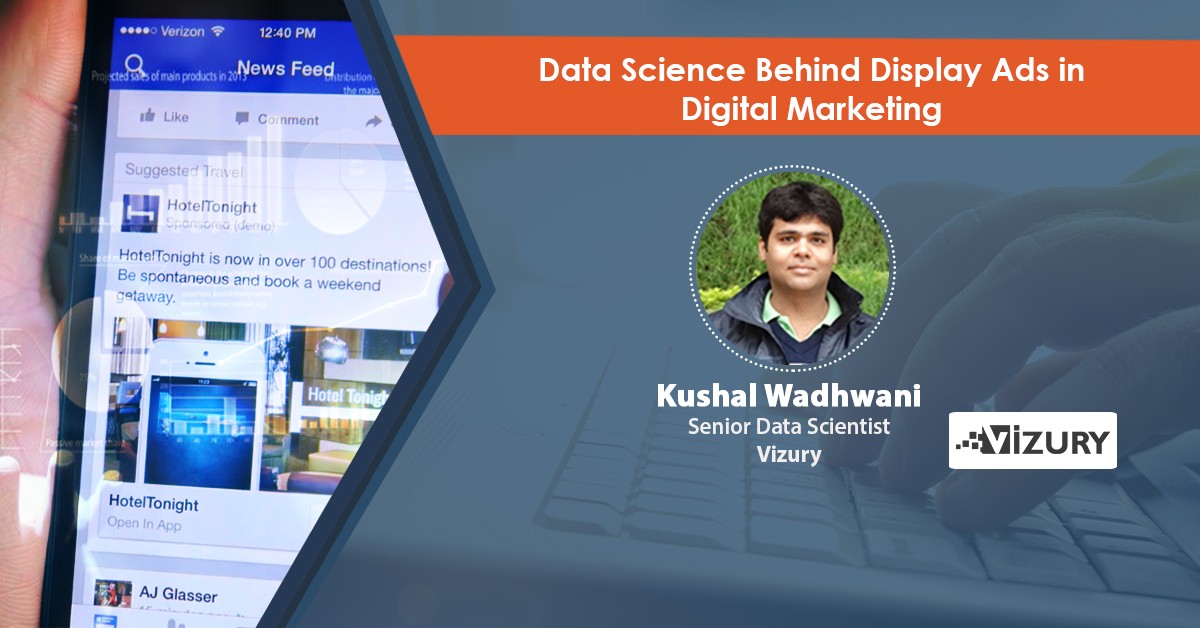
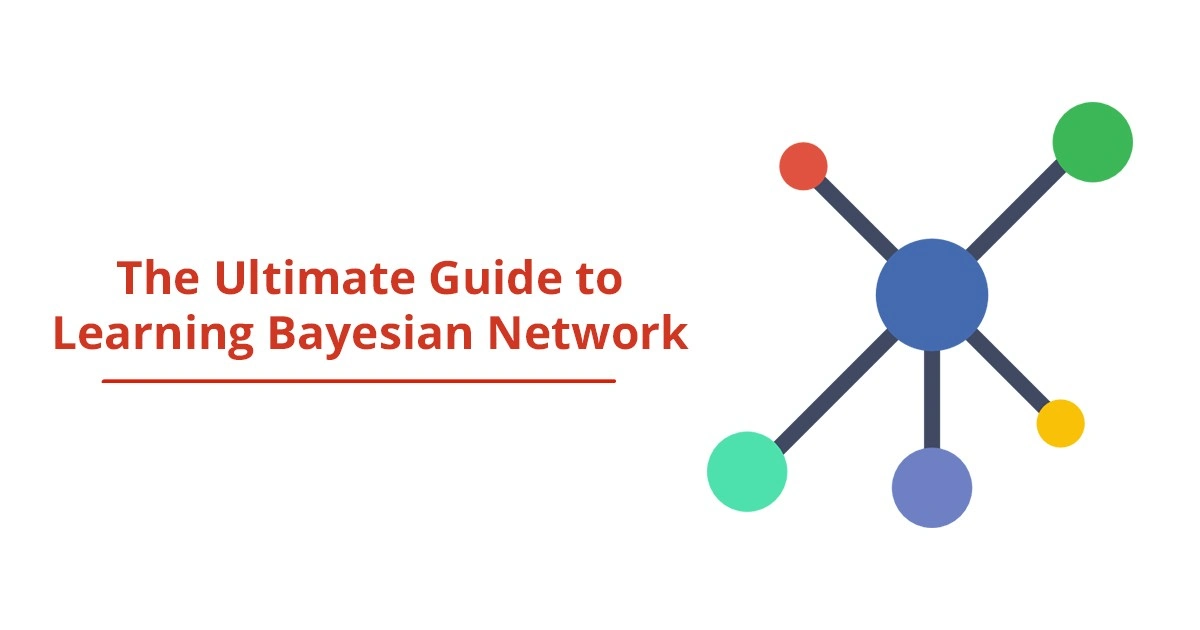
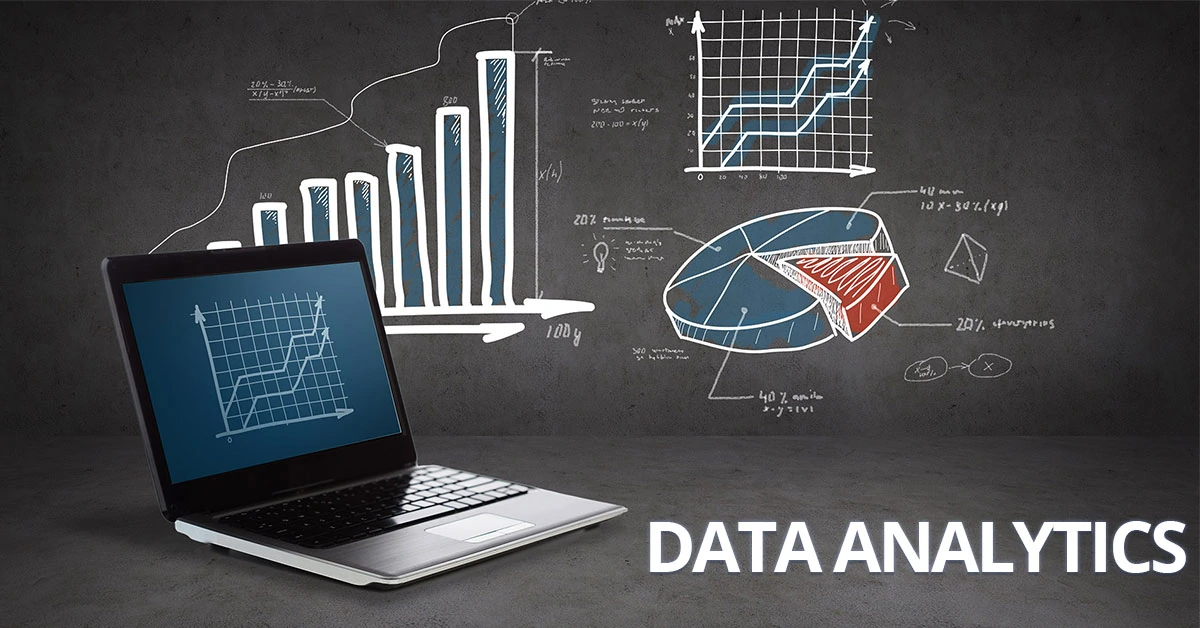

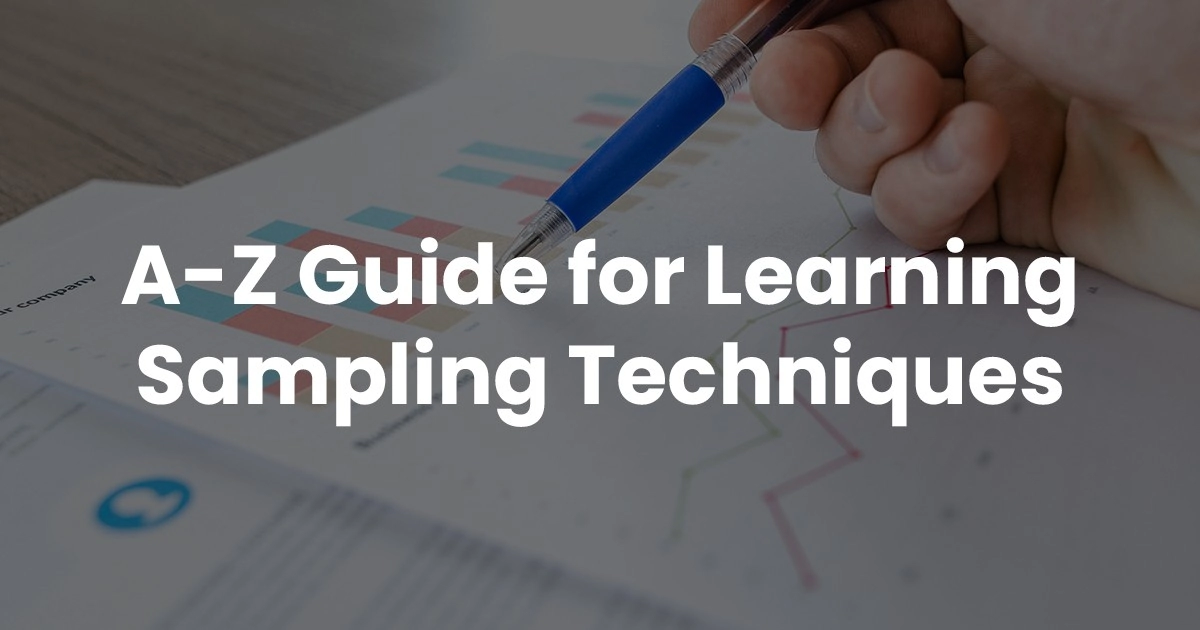


such a great way to explain data mining, its purpose, and technique in such a wonderful way, simply loved it.